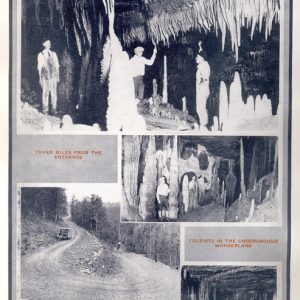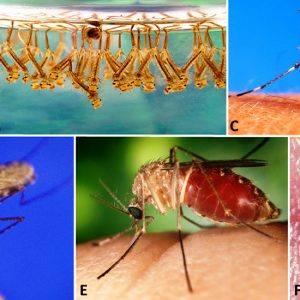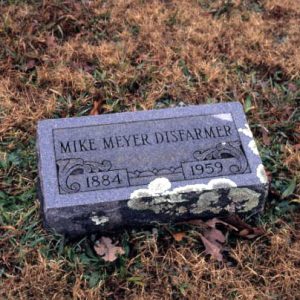 DeWitt Post Office Art
DeWitt Post Office Art
Entry Type: Thing - Starting with D
 DeWitt Post Office Art
DeWitt Post Office Art
Dexter B. Florence Memorial Field
 Diachea leucopodia
Diachea leucopodia
Dialects
Diamond Bear Brewery
 Diamond Cave Brochure
Diamond Cave Brochure
 Diamond Discovery Announcement
Diamond Discovery Announcement
 Diamond Grease Table
Diamond Grease Table
Diamond Mining
 Diamond Pipe Map
Diamond Pipe Map
 Diamond Mine Advertising
Diamond Mine Advertising
 Diamond Mining Company
Diamond Mining Company
 Diana Fritillary
Diana Fritillary
 Diana Fritillary Larva
Diana Fritillary Larva
Dickey-Stephens Park
 Bill Dickey Plaque
Bill Dickey Plaque
 Jay Dickey Campaign Material
Jay Dickey Campaign Material
Dickinson-Moore House
 Dictyostelium rosarium
Dictyostelium rosarium
 Dictyostelium sphaerocephalum
Dictyostelium sphaerocephalum
Die Goldsucher von Arkansas
aka: Massacre at Marble City
aka: Conquerors of Arkansas
 Die Goldsucher von Arkansas
Die Goldsucher von Arkansas
Dill School
aka: Ida School
Dillard’s, Inc.
Dimension Stone Mining
 Dinosaur Tracks
Dinosaur Tracks
 Hugh Dinsmore's Tombstone
Hugh Dinsmore's Tombstone
Diphtheria
 Dipluran Forms
Dipluran Forms
 Diplurans
Diplurans
Diplurans
aka: Two-Pronged Bristletails
Dipteran Parasites
aka: Parasitic Dipterans
aka: flies
aka: mosquitos
aka: gnats
 Dipteran Parasites
Dipteran Parasites
 Dipteran Parasites
Dipteran Parasites
 Dipteran Wings
Dipteran Wings
Dipterans
aka: True Flies
Disease during the Civil War
 Mike Meyer Disfarmer Gravesite
Mike Meyer Disfarmer Gravesite
Distilleries
Division of Arkansas Heritage
Division of Elementary and Secondary Education
Dixie Association, The
Dixie Cafe
 Dobbins's Cavalry Flag
Dobbins's Cavalry Flag
 David O. Dodd Monument
David O. Dodd Monument
 David O. Dodd Poem Recitation
David O. Dodd Poem Recitation
 David O. Dodd Stained-Glass Window
David O. Dodd Stained-Glass Window
 David O. Dodd Gravesite
David O. Dodd Gravesite




